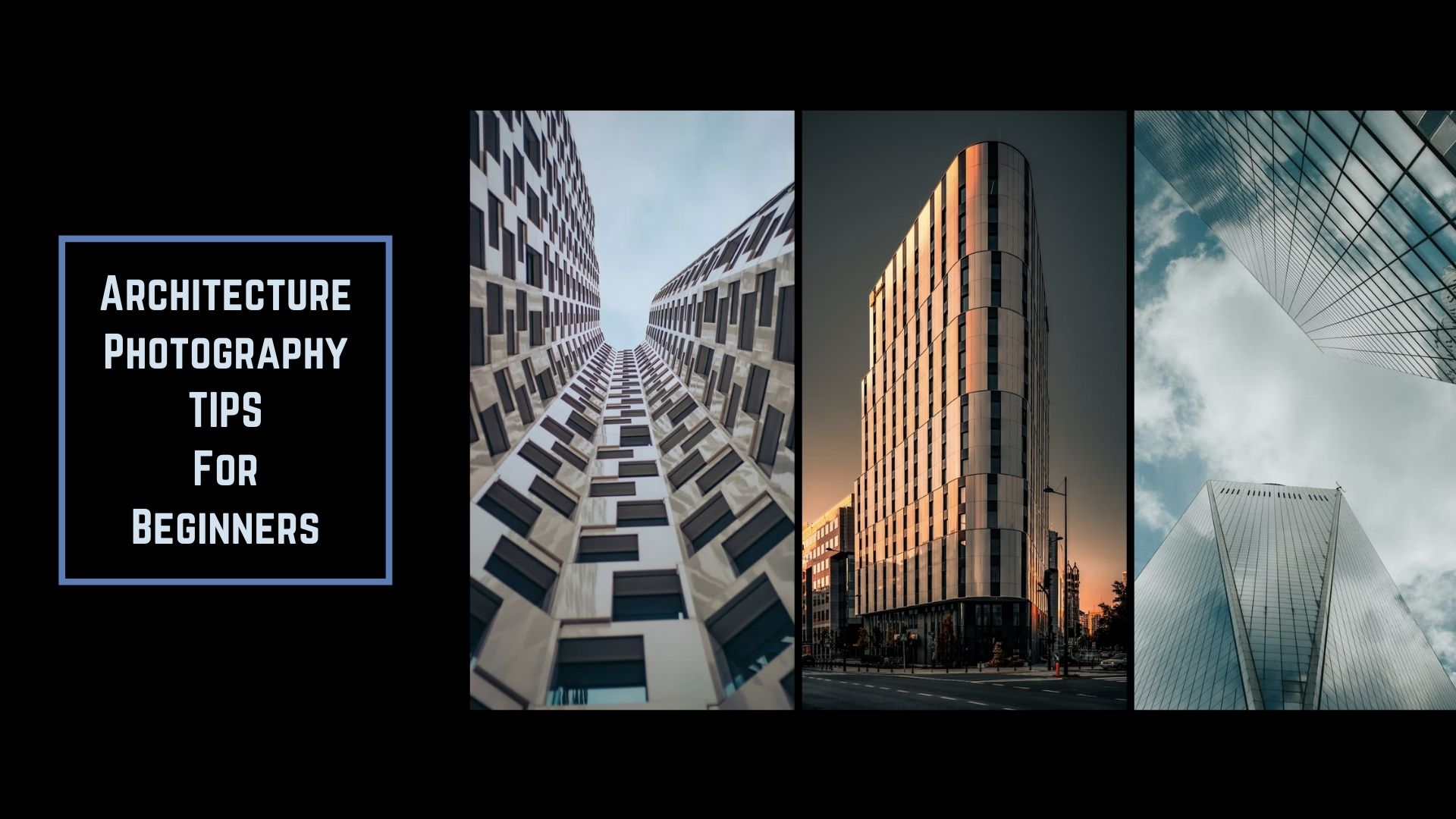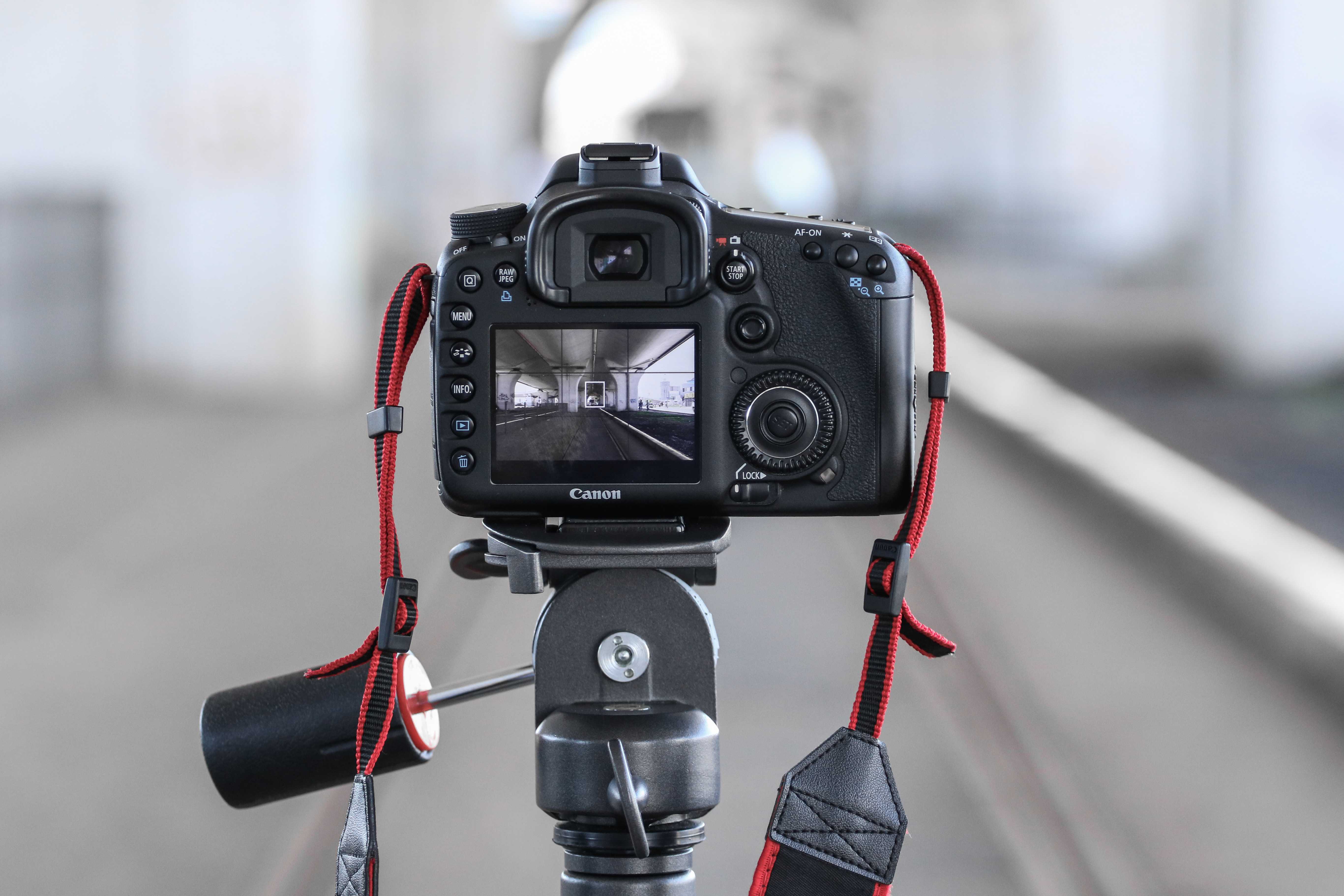From the taj mahal and Red Fort to the Burj Khalifa and the Eiffel tower.
all the beautiful creations were made by some of the best architects ever lived and left the most astonishing and bewitching architectural work.
Buildings do much more than shelter us.
They are considered works of art and long-lasting cultural reflections.
Building photography may have first taken off as a way to document buildings.
but along the way, it has evolved into its own diverse art form Architecture is one of the most dynamic art forms etched into the fabric of human civilization.
Architecture is a popular subject for photographers because no two structures are alike, and no two angles yield the same image.
We have seen the most beautiful interiors and exteriors designed and all this is photographed by a professional Architecture photographer.
Architecture photography has a long history.
Know more About Architecture Photography
The world’s oldest surviving photo, you might be thinking, Who was the first architecture photographer? arguably it was Nicéphore Niépce who was the first architecture photographer.
The earliest surviving photo (arguably) is of building rooftops, in Nicéphore Niépce’s ‘View from the Window at Le Gras’ taken in 1826 or 1827.
But William Talbot and J.L.M. Daguerre are often credited with the beginnings of Architecture Photography.
During that time two approaches developed, the Elevation Approach and the Perspective Approach.
Cathédrale Notre-Dame de Paris (1841) is also one of the architect photograph by Joseph Philibert Girault de Prangey.
Shortly after the invention of photography, there was architecture photography.
What is Architecture photography?
Architecture is known as the skill of design, engineering, and construction of manmade structures.
All the forts, castles, buildings are made by architects inside out.
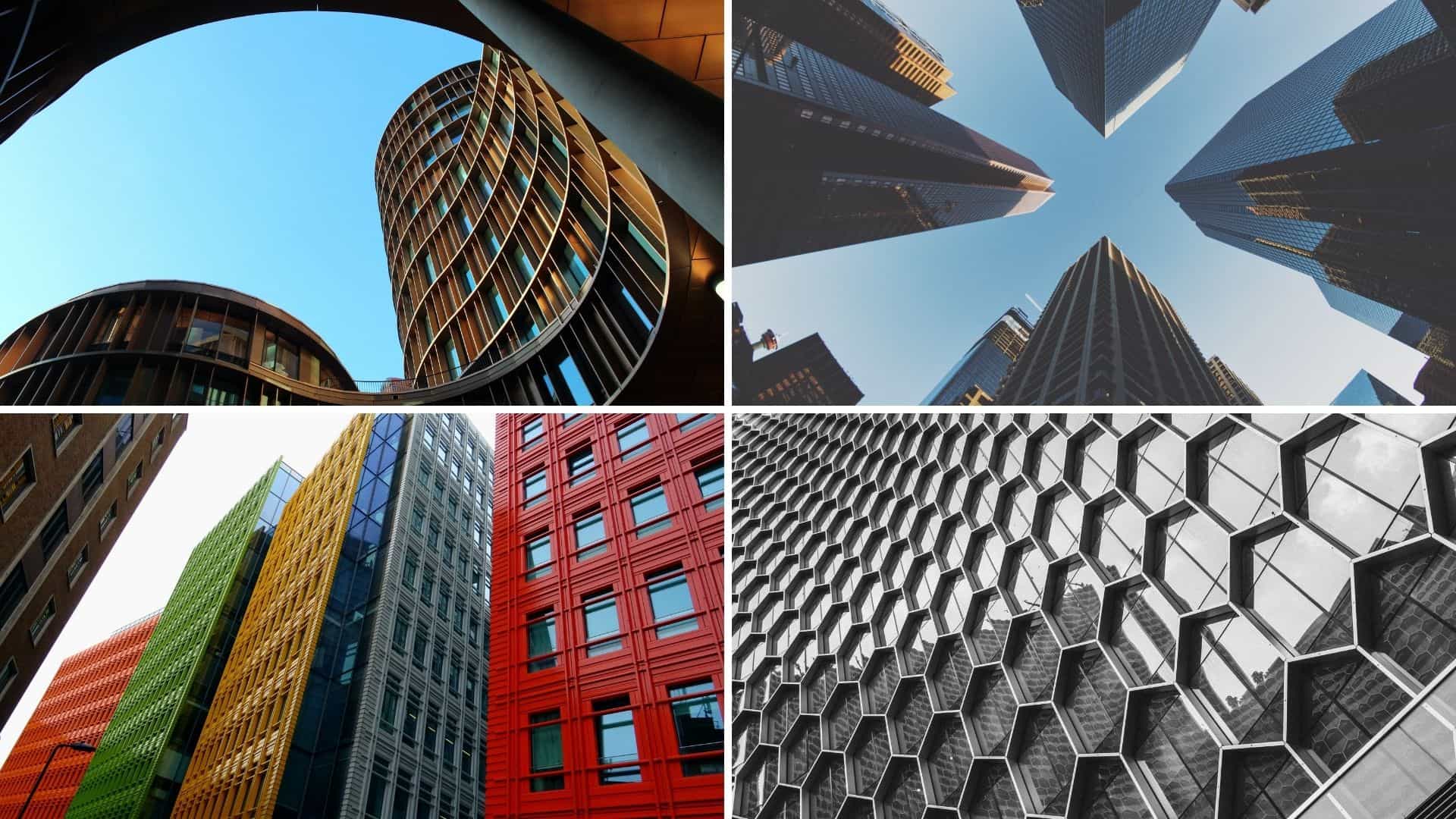
Architecture photography refers to the genre of photography that captures the buildings and other architectural designs in a bewitching way.
it also involves photographing the interiors and exteriors of buildings, bridges, structures, and cityscapes for instance Burj Khalifa, Burj Al Arab, Roc Isern The Cayan Tower Abdullah Dubai, and many more.
Architecture can reveal a lot about a location, and often transforms how we engage with a particular style or design in a space.
Architecture can represent growth and development, or demise. It represents changes through time.
When compared to other photography fields, this genre of photography is less dynamic as it demands you to spend a lot of time contemplating a scene or an environment.
This genre demands the most of your creative power, hard work, and skills.
It needs expertise in the use of specialized techniques and cameras for producing such specialized photography.
You need to Look for elements of design in the man-made structures around you.
After Understanding This Type Of Photography…
Once you understand how to look at structures and began making a perspective you’ll begin to see different compositional elements everywhere, such as leading lines, symmetry, texture, and repetition.
In your architecture photography, you’ll capture these existing elements in creative ways to show them in a new and interesting light.
You can use many types of illusion to illustrate the architecture.
Architecture photography captures the design of the architecture beautifully and aesthetically which makes the viewer gets drawn towards the photograph.
The architectural detail of a building shows a closer view of the texture and material from which they are built.
This type of closer framing provides additional information on the materiality, usability, and finishes of the building or property.
The advantages of architectural photography are great.
it allows people to obtain a visual understanding of buildings they may never get the opportunity to visit in their lifetime, creating a valuable resource that allows us to expand our architectural vocabulary
From shots of historical buildings to abodes, architectural photography covers photos that primarily showcase the interior or exterior of manmade structures.
With subjects that are static and easily accessible, architectural photography is a natural beginning for a lot of photographers
8 Crucial Tips To Improve Architecture Photography For Beginners
so here’s a list of some important tips which might help you to improve architecture photography…
- Weather conditions
- Don’t ignore the light and shade
- Lenses Are Important
- perspective
- Recommendation Gear
- Camera settings (including my preferred camera settings for architecture photography)
- Tripod – For Good Details
- Use post-processing tools
now, let’s understand each topic separately to improve architecture photography …
Weather Conditions
Unlike other genres you do not have an option to shoot inside in the studio, therefore, you are only left with the natural light and the most common magical hour is the sunrise/sunset when shadows are long and colors bright.
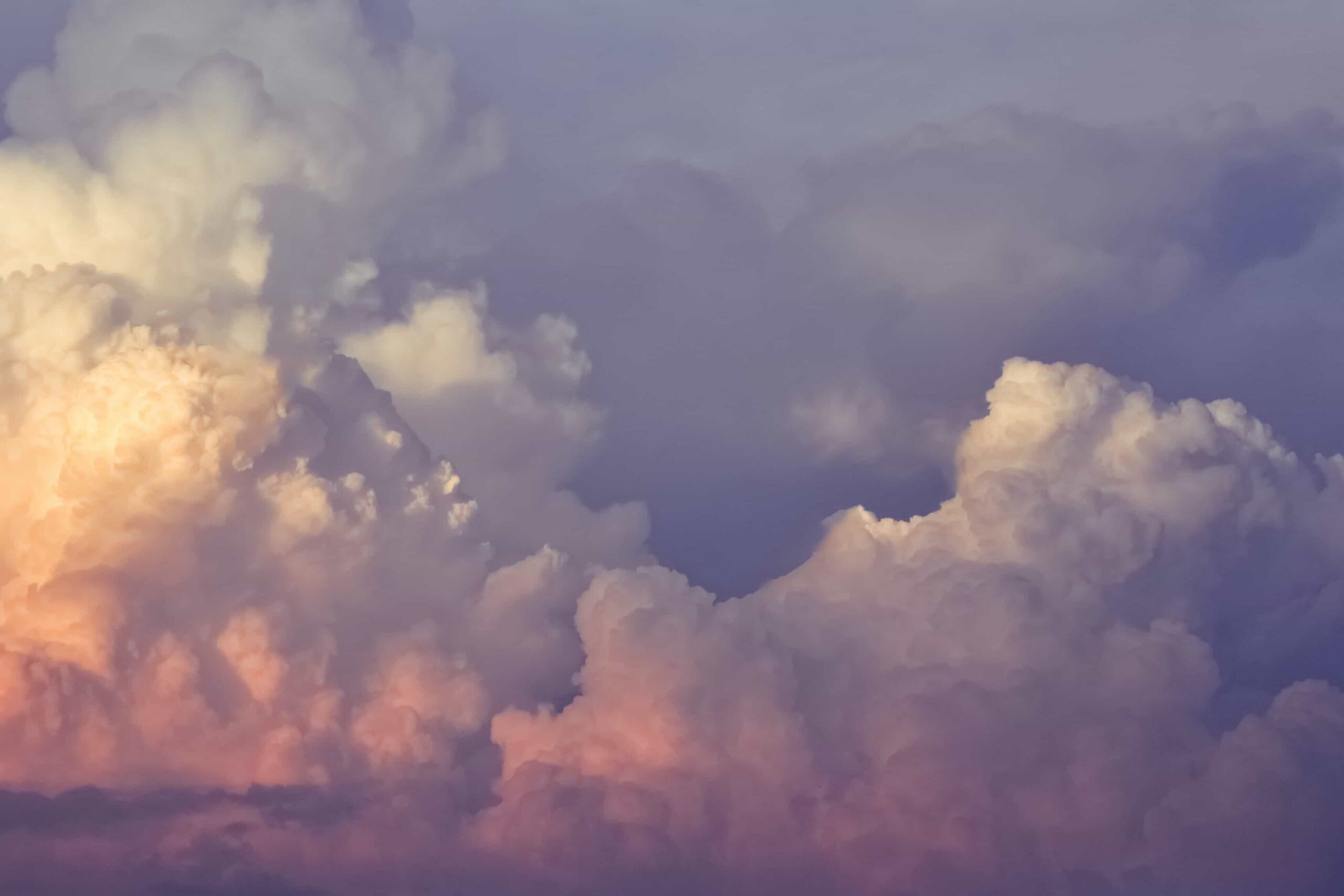
If the weather is poor and the sky is a drab, colorless grey, it may seem like a less than worthwhile opportunity for photography.
That may be the case for some subjects, however, overcast days provide incredibly soft light that is quite suited for architectural details.
This softness allows you to capture subjects with a lot of fine detail, that would normally be lost in the contrast.
Although this often results in very atmospheric images, it only really encapsulates the building’s atmosphere at one specific point in time.
Shooting a series of images during different times of the day, or even in various weather conditions, can help to paint a fuller story of the building’s relationship with its environment.
a blue sky can give you a good opportunity whereas you should not underestimate cloudy days as they can also make some good shots.
Don’t Ignore The Light And Shade
Sometimes the time of the day and the part in which light falls creates a spectacular relationship and beautifies it with the brightness of the sun’s rays or the shade of the tree or any wall of the building.
Pay close attention to how light falls on various subjects.
When you’re photographing details, shadows and highlights can, themselves, become an important compositional element
Using a polarizing filter can also help to add contrast and make your images more vivid.
If you’re looking for something on the next level.
Understanding light in photography | Natural Vs Artificial Lights
Lenses Are Important
The best lens depends on the situation.
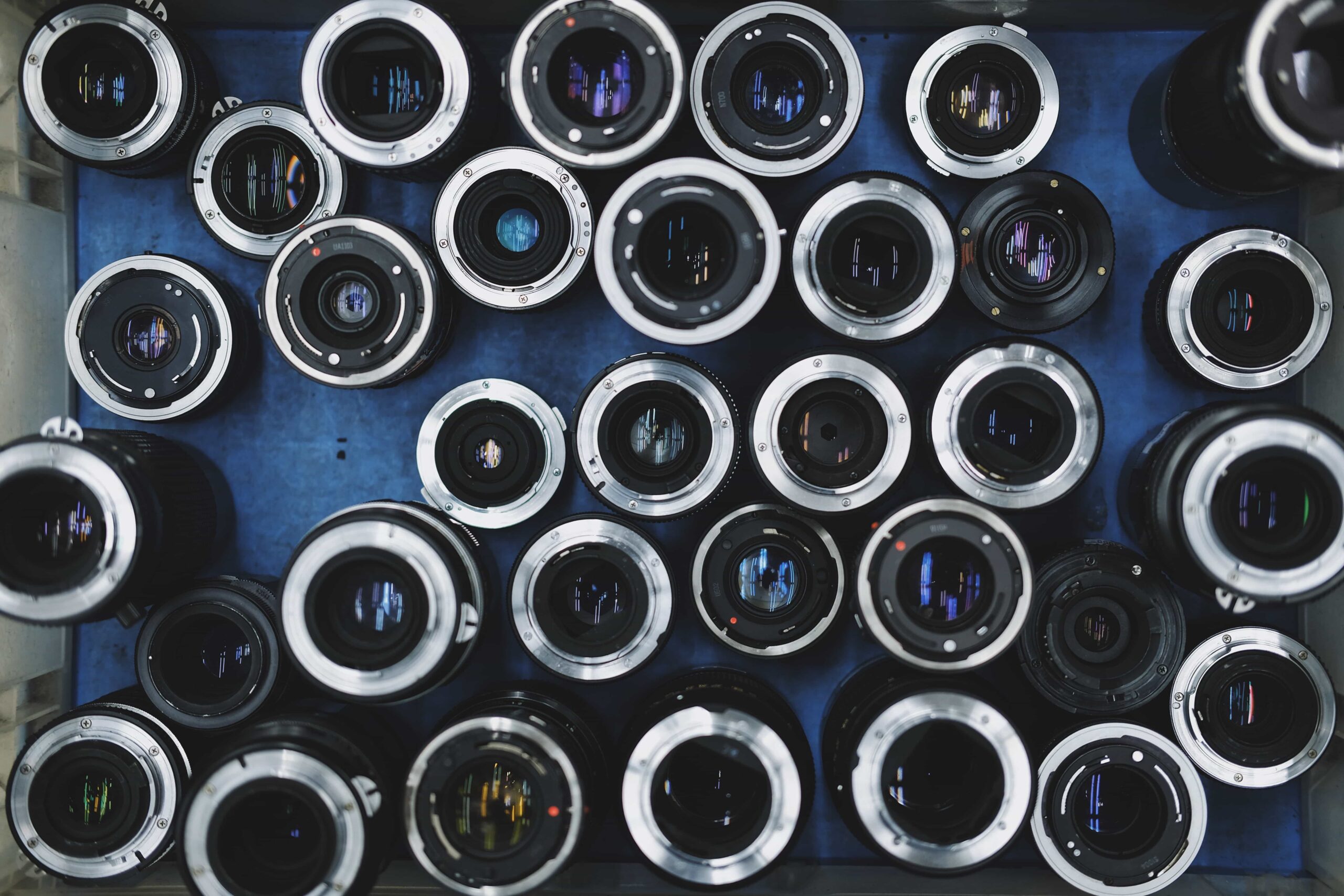
If you are shooting from an odd angle, a tilt-shift lens can help you manage the perspective in your image without physically relocating the camera.
Although shooting with a wide-angle lens is usually the smartest thing to do when it comes to architectural photography.
A wide-angle lens is most commonly used for photographing buildings and interior spaces
A prime lens will help with sharpness, but you’ll need to zoom with your feet.
the tilt lens allows you to control the convergence effect, which means you can control how the lines appear on the tall buildings.
A zoom lens will give you flexibility, which is helpful in public locations where you can’t guarantee a vantage point ahead of time, but you may have to sacrifice some sharpness.
It’s up to you to determine the lens features that are the highest priority in architectural photography, anywhere between a 16-35mm focal length is ideal for interior shots.
But for more detailed or intricate shots, anywhere from 35mm to 200mm will do the trick.
What is Camera Lens? Know Every Types Of Camera Lenses In Detail
Perspective
Playing with perspective is not only an entertaining thing to do, it can also be very rewarding.
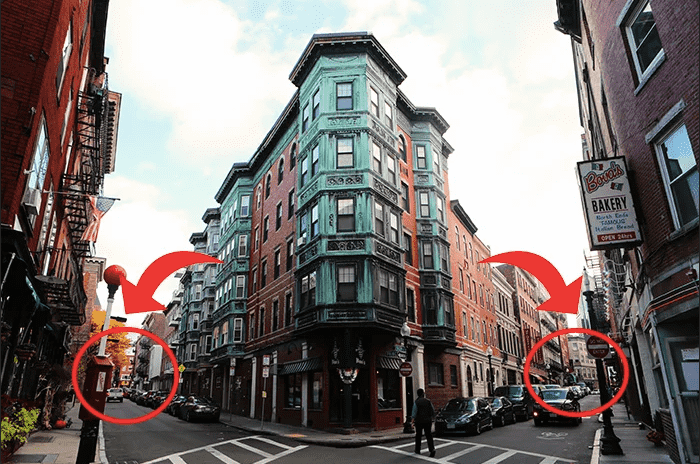
Taking time to find a different angle from which to photograph can expose an overlooked form of abstraction of a building’s detail that may give rise to another level of beauty and appreciation for its form.
A perfectly-centered photograph is compositionally predictable, anyway.
If you prefer a centered subject, however, look for man-made or natural structures and items to frame your shot.
Archways, branches, and window housings are all interesting candidates for a frame-within-a-frame.
You can get even more interesting angles with a drone if you have access to one.
This genre requires your perspective to look into things and show the same perspective to the viewers through the photographs.
What is a One-Point Perspective In Photography? & How To Apply It
Learn Rule Of Thirds In Photography Under 5 Minutes
Recommendation Gear
Architecture can reveal a lot about a location, and often transforms how we engage with a particular style or design in a space.
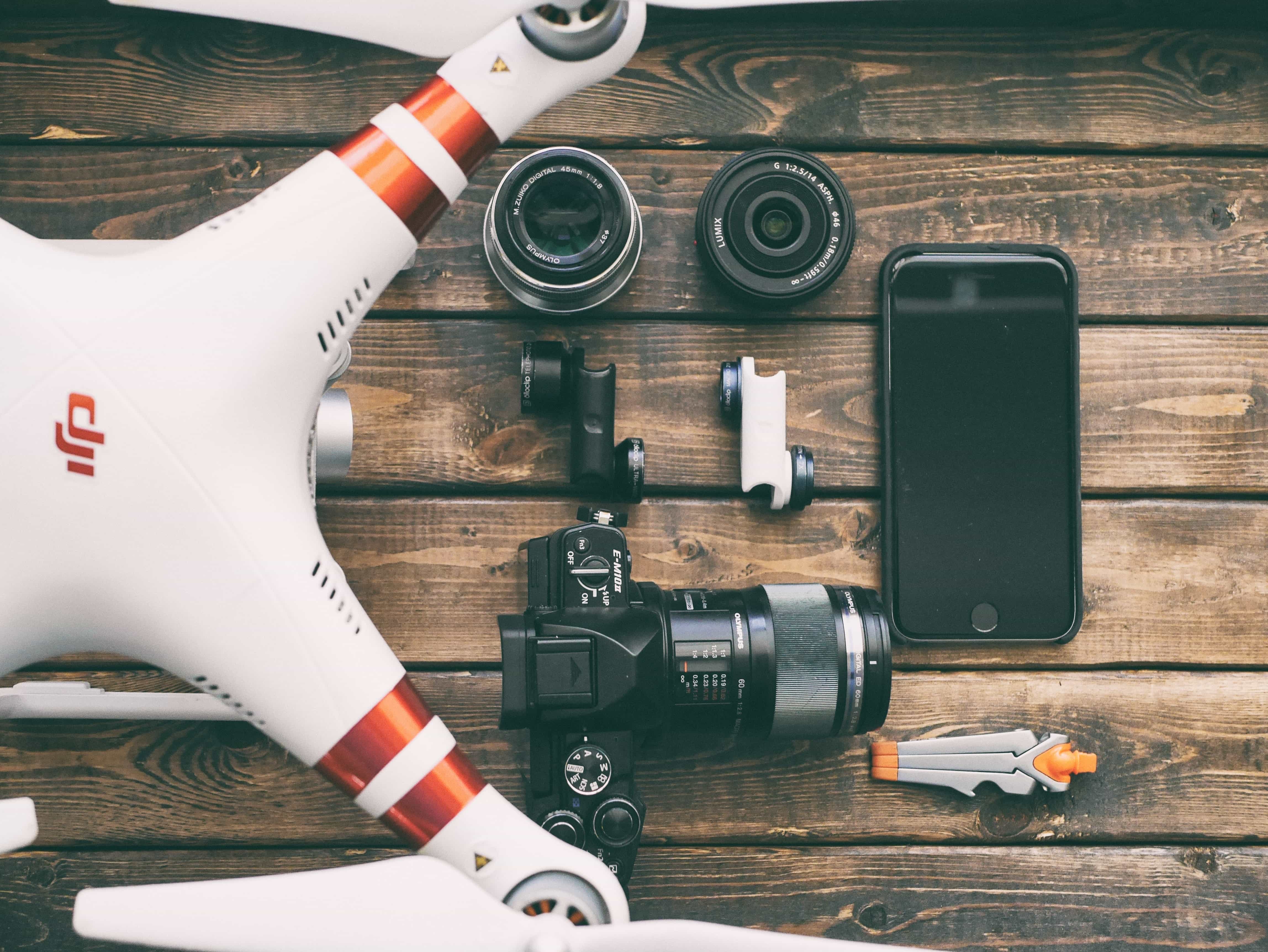
Mostly the buildings are quite large subjects.
and therefore require wider focal lengths in order to get the whole scene captured in the camera.
While you may be tempted to tip the camera up to capture the height of the subject.
and the giant size is a fascinating interest of human brains.
You can try to keep the sensor parallel to the subject you are shooting to avoid converging vertical lines.
A Full-frame vs Crop sensor camera | The Complete guide
If your goal is to highlight structural details that are particularly photogenic and bewitching.
you can prefer shooting such structures of detail with a longer lens.
Being further away and zooming in also minimizes distortion when shooting tall subjects, if you can elevate yourself, the results are often further enhanced by editing.
Camera Settings
When it comes to photographing architecture, shoot in Aperture Priority (AV) or Manual modes.
Your subject is stationary, so you can shoot with slower shutter speeds if needed.
Just remember, anything below 1/60th of a second requires a tripod.
My Preferred Camera Settings For Architecture Photography…
In manual exposure mode, you can manually set both the aperture and the shutter speed to any value you want – the camera lets you fully take over the exposure controls
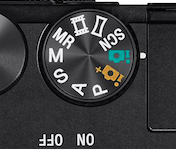
ISO: 100 with DSLR’s lower the ISO the better for higher picture quality.
Aperture: f/8 to f/16 prefer wide open.
It tells the camera to choose the white balance based on how it reads the light and color in a scene.
The camera reads the tones in your scene and chooses the brightest part of your image as the white point.
Shutter Speed: Varies depending on the light, but you could start with 1/125th of a second and go from there.
AF – One-shot automatically focuses on the subject
Drive Mode – Continuous Shooting
Image Recording Quality – RAW It captures the maximum data in the scene.
Auto White Balance tells the camera to choose the white balance based on how it reads the light and color in a scene.
The camera reads the tones in your scene and chooses the brightest part of your image as the white point.
Metering – Evaluative is the camera evaluating the brightness of a number of zones within the composition and using that data to calculate the correct exposure.
Tripod – For Good Details
It is the most essential and compulsory equipment every photographer has and needs most of the time.
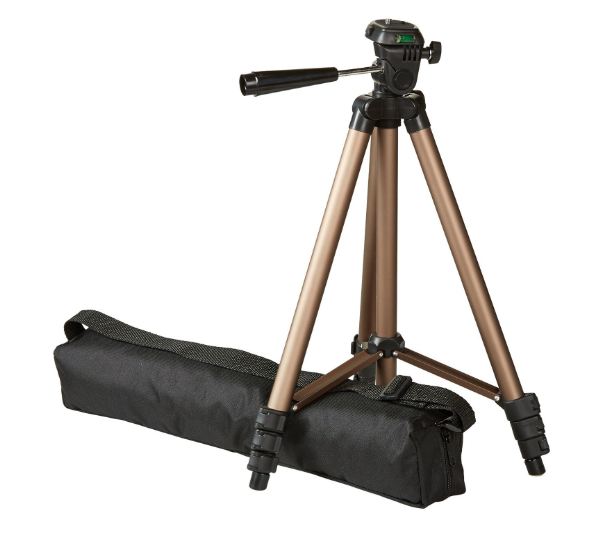
This equipment can help you a lot in architecture photography.
The tripod is a great piece of gear to have, and that’s certainly true for architecture photography.
If you’re photographing indoors and shooting interiors, or as it’s sundown, it’s essential you have this.
Even when the sun is good, using a tripod will definitely improve your results.
Remember do not avoid a tripod at any cost.
Use post-processing tools
Processing images has become quite a standard part of photography, allowing you to tweak your images to perfectly match that atmosphere you want to capture.
this tip really helps me to improve my architecture photography.
post-processing will erode all the minor errors and it can add to the images a lot of clarity and perfection.
While images should only be altered with a clear understanding of what kind of changes are acceptable.
you can use software such as Photoshop and Lightroom are easy to use with a wide variety of advanced functions such as lens correction.
If you’re looking for an easy way to create panoramic photography using a series of images.
This can get you spectacular results and you will get a perfect image.
- 10 Sharp & Easy Editing Tips To Make Any Photo Look Professional
- Important photo editing tips for every photographer | photo editing guide
- 7 Crazy Photo Editing Apps You Need To Know To Grow Your Instagram
now let’s talk about some serious FAQ I got from many photographers, who just started learning architecture photography…
How Many Types Of Architecture Photography Exist?
here’s a list of all types of architectural photography which I found on the internet…
- New build photography
- Refurbishment photography
- Architectural photography of plants, infrastructure/structures
- Existing building photography
- photography of buildings
- Construction photography
- And many other subgenres are merging in this field.
When was Architecture Photography Invented?
This is a hotly debated topic but some sources tell us that Cathédrale Notre-Dame de Paris (1841).
Photo by Joseph Philibert Girault de Prangey.
Shortly after the invention of photography, there was architecture photography
Is It Possible To Earn Money As An Architecture Photographer?
Architectural photographers take photographs of man-made structures in a professional capacity.

Their photographs are often intended for commercial purposes, for the developer to publish in newspapers, magazines, publish online or brochures.
or for the portfolios of the project team.
It reflects the development in the world and the reflection of work done by the architect.
So if you’re so into architecture photography then you can capture some commercial places and share those images with the owner to earn some money.
Conclusion
Architect photography has been emerging since the 1820s.
and it has evolved into a new genre of photography, which has multiple opportunities.
It also requires a professional approach towards the object to get the best of it.
Your skills will matter a lot and your experience will play a major role in this photography.
Just do not underestimate this genre and do not forget the importance of light and shade.
It depends on you how you use the weather in your favor and it may never be a disadvantage for you.
Do not forget the best thing in which you can invest in the lens.
If you try to follow the above-stated points you might be able to avoid some rubbish mistakes and you may see the difference in the field on your own.
perspective matters a lot to improve architecture photography and to develop it, is the most difficult thing to do.
because it requires a lot of knowledge and creativity, and courage to experiment in different ways.
Just keep on working hard, these tips defiantly help you to improve architecture photography.
so which one is your favorite tip that you want to share with me to improve architecture photography?

